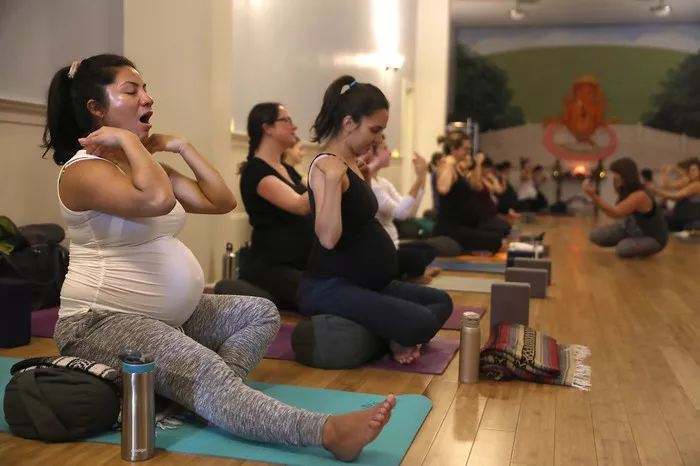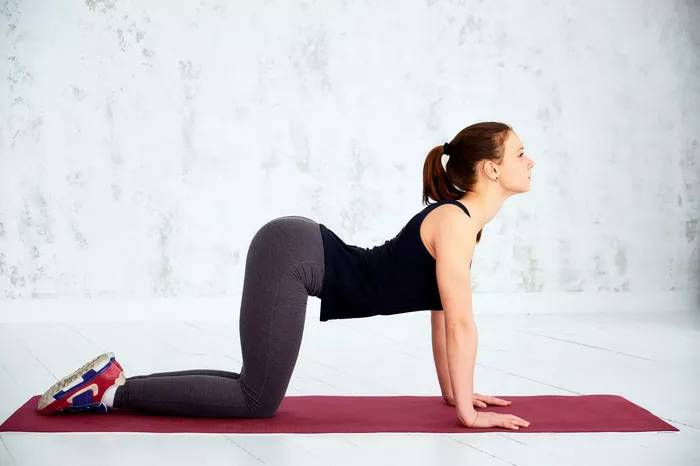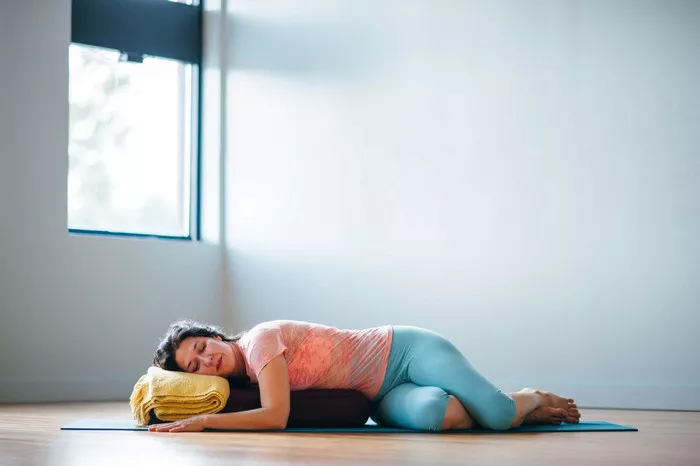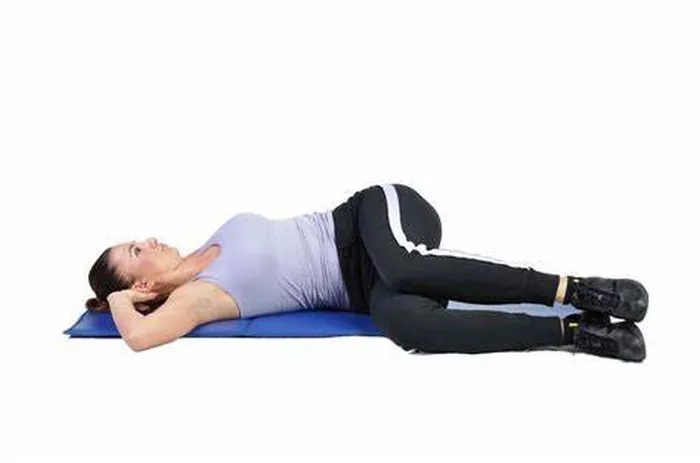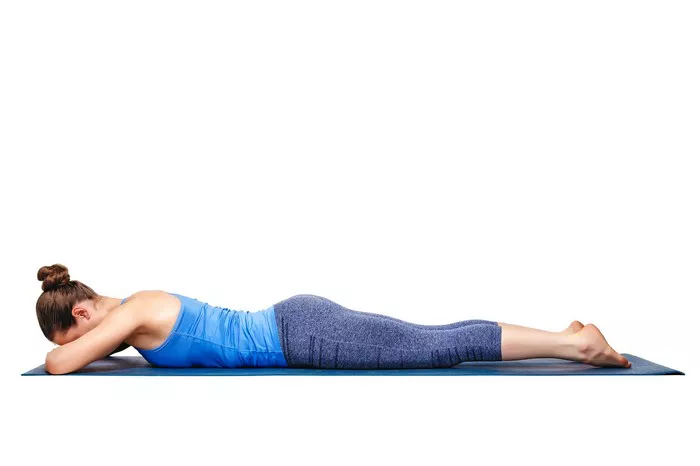CorePower Yoga Sculpt has gained significant popularity in recent years, combining the mind-body connection of yoga with the intensity of strength training. For those who are familiar with High-Intensity Interval Training (HIIT), there may be confusion about whether CorePower Yoga Sculpt can be classified as a form of HIIT. In this article, we’ll dive deep into the nature of CorePower Yoga Sculpt, examine its structure, and explore its similarities and differences with HIIT. By the end of this comprehensive guide, you’ll have a clear understanding of whether or not CorePower Yoga Sculpt qualifies as HIIT, and how it fits into the broader context of modern fitness trends.
What Is CorePower Yoga Sculpt?
CorePower Yoga Sculpt is a dynamic yoga class designed to build strength, flexibility, and endurance. It combines traditional yoga poses with strength-training exercises that use free weights. The class is typically set to high-energy music, creating a lively and motivating atmosphere. CorePower Yoga Sculpt is part of the CorePower Yoga studio offerings, which is known for blending various styles of yoga with modern fitness techniques.
In a typical Yoga Sculpt class, participants use dumbbells to perform exercises such as squats, lunges, and bicep curls while holding yoga poses. These strength-based movements are complemented by core exercises, including planks and crunches, all designed to engage different muscle groups. The yoga poses themselves often incorporate deep stretches and breathwork to create balance between strength-building and relaxation.
The intensity of CorePower Yoga Sculpt varies based on the individual’s fitness level, but it’s generally considered a challenging class due to the combination of weight training and yoga. This class is designed to push your limits and promote full-body fitness, including improved strength, cardiovascular health, flexibility, and overall endurance.
Understanding HIIT (High-Intensity Interval Training)
HIIT, or High-Intensity Interval Training, is a workout style that alternates between short bursts of intense activity and brief periods of rest or low-intensity activity. HIIT workouts are designed to push your body to its limits during the high-intensity intervals, often lasting anywhere from 20 to 45 seconds. These intervals are followed by a short recovery period to allow the body to catch its breath before the next round of intensity begins.
The key feature of HIIT is the focus on intensity and effort. During the high-intensity intervals, participants work at near maximum effort, which boosts the heart rate significantly. This high-intensity training is usually paired with exercises that target various muscle groups, including cardio moves like jumping jacks, burpees, sprints, or mountain climbers. As a result, HIIT workouts are designed to be time-efficient while delivering maximum results in a relatively short period.
HIIT is known for its benefits, including fat loss, improved cardiovascular health, muscle tone, and metabolic boost. One of the unique advantages of HIIT is its afterburn effect—known as excess post-exercise oxygen consumption (EPOC)—where the body continues to burn calories at an elevated rate even after the workout ends.
CorePower Yoga Sculpt vs. HIIT: Comparing Key Elements
At first glance, CorePower Yoga Sculpt may seem similar to HIIT because both workout styles emphasize intensity and endurance. However, there are several key differences that distinguish them. Let’s break down some important factors:
1. Structure and Focus
CorePower Yoga Sculpt: The structure of CorePower Yoga Sculpt involves a combination of yoga poses and weight training. The class includes moments of intense strength-based exercises like squats or lunges using free weights. These exercises are interspersed with yoga poses that focus on flexibility, balance, and controlled breathing. While strength and endurance are key focuses, the yoga aspect is essential, providing a mind-body connection that encourages mindfulness and relaxation.
HIIT: HIIT is structured around alternating high-intensity bursts of effort with periods of rest or low-intensity movement. The exercises in HIIT can include everything from bodyweight movements (like push-ups or jumping jacks) to sprints and plyometrics. The goal is to push the body into anaerobic states during the work intervals, where the intensity of the movement is as high as possible. Unlike CorePower Yoga Sculpt, HIIT workouts typically do not involve stretching or yoga poses.
2. Intensity Levels
CorePower Yoga Sculpt: CorePower Yoga Sculpt offers a high-intensity workout, but it doesn’t have the same relentless pace as a traditional HIIT workout. The intensity level can vary based on the participant’s effort, the weights they use, and how deep they push into each pose. While it’s possible to feel breathless in a Yoga Sculpt class due to the combination of strength work and aerobic movement, the overall pace tends to be more measured than in a typical HIIT class.
HIIT: HIIT workouts are designed to be fast-paced and intense, with participants working at near maximum effort during each interval. The high-intensity intervals are specifically meant to increase heart rate, maximize calorie burn, and stimulate muscle growth through explosive movements. HIIT sessions tend to have a quicker tempo, with little to no rest between intervals, making them feel more intense and cardiovascular in nature.
3. Cardiovascular Impact
CorePower Yoga Sculpt: While CorePower Yoga Sculpt does have a cardio component due to the dynamic nature of the exercises and the flow between different movements, it’s not as purely cardiovascular as a HIIT workout. The cardio element is there, but it’s combined with strength training and yoga postures that encourage mindfulness, deep breathing, and stretching.
HIIT: One of the most notable aspects of HIIT is its ability to increase cardiovascular fitness quickly. The short bursts of intense effort elevate the heart rate significantly, which improves cardiovascular health and endurance over time. HIIT classes are specifically designed to challenge the heart and lungs, with less emphasis on strength training or flexibility.
4. Duration
CorePower Yoga Sculpt: CorePower Yoga Sculpt classes generally last between 60 to 75 minutes, allowing for a balanced combination of strength training, yoga, and breathwork. The extended time also allows for adequate time spent in various yoga poses, which promote flexibility, mobility, and balance.
HIIT: HIIT workouts are typically shorter in duration, often lasting between 20 to 30 minutes. The focus is on high-intensity effort within that short timeframe, ensuring maximum results in a limited period. This brevity allows participants to push themselves hard during the intense intervals.
5. Flexibility and Mind-Body Connection
CorePower Yoga Sculpt: Yoga is inherently about the mind-body connection, and Yoga Sculpt incorporates this element deeply into the class structure. Through poses and movements, participants focus on alignment, controlled breathing, and staying present in the moment. The emphasis on breathwork also helps with stress reduction and flexibility, which is a stark contrast to the rapid-fire nature of HIIT.
HIIT: While HIIT certainly has mental challenges—like pushing through fatigue and maintaining focus during intense intervals—it does not typically emphasize the mind-body connection in the same way yoga does. Flexibility and breathing are not central to HIIT, and the focus is more on building physical fitness through intensity and endurance.
Does CorePower Yoga Sculpt Qualify as HIIT?
Given the distinctions between CorePower Yoga Sculpt and traditional HIIT, it is clear that while there are overlapping elements—such as the emphasis on intensity and endurance—CorePower Yoga Sculpt cannot be classified strictly as HIIT. The key differences lie in the structure, focus, and pacing of the two styles.
CorePower Yoga Sculpt combines yoga with strength training, incorporating moments of cardio but also emphasizing mindfulness, breathwork, and flexibility. While it’s intense, especially for those new to the class or who push themselves with heavier weights, the tempo is less frenetic than a HIIT workout. Yoga Sculpt is designed to engage the body in a balanced way, while HIIT is primarily concerned with pushing the heart and muscles to their limits in a shorter period of time.
However, Yoga Sculpt can still provide some of the benefits typically associated with HIIT, such as increased calorie burn, improved endurance, and enhanced muscle tone. For those seeking a workout that combines strength training, flexibility, and a cardiovascular challenge in a more measured way, CorePower Yoga Sculpt may be an ideal fit.
Conclusion
CorePower Yoga Sculpt and HIIT each offer distinct advantages, and both can be part of a well-rounded fitness routine. While CorePower Yoga Sculpt incorporates some elements of high-intensity exercise, it is not classified as HIIT due to its different structure, pace, and focus on yoga. Ultimately, whether you prefer the intensity of HIIT or the mind-body connection of Yoga Sculpt depends on your personal fitness goals and preferences.
If you’re looking for a workout that challenges both your strength and flexibility, while also giving you a sense of mindfulness and relaxation, CorePower Yoga Sculpt could be a great choice. However, if your primary goal is to focus on rapid calorie burning and cardiovascular fitness, you may want to consider a more traditional HIIT approach.
In any case, both Yoga Sculpt and HIIT have a place in modern fitness, offering unique benefits to help you reach your physical goals.
Related Topics:





